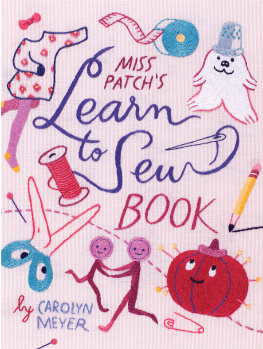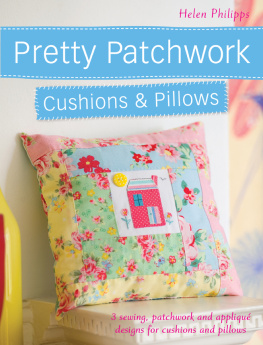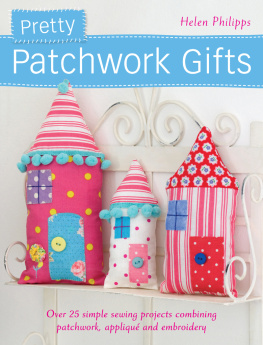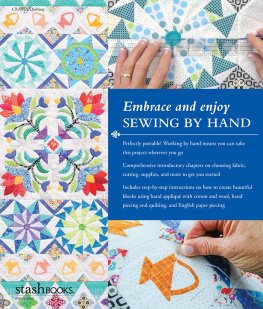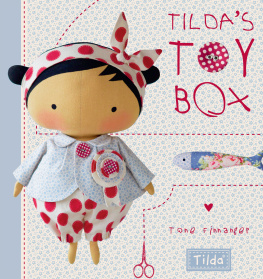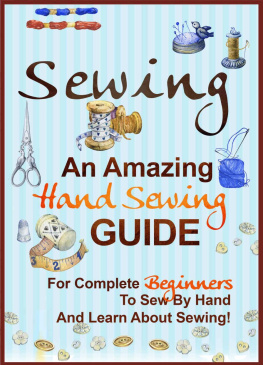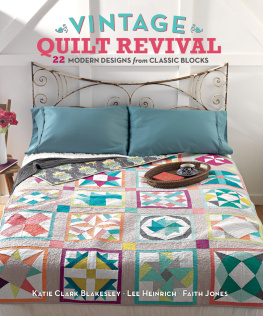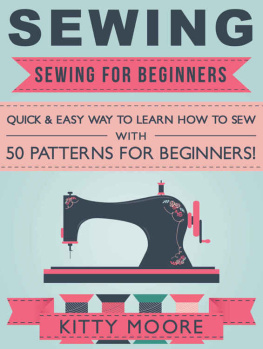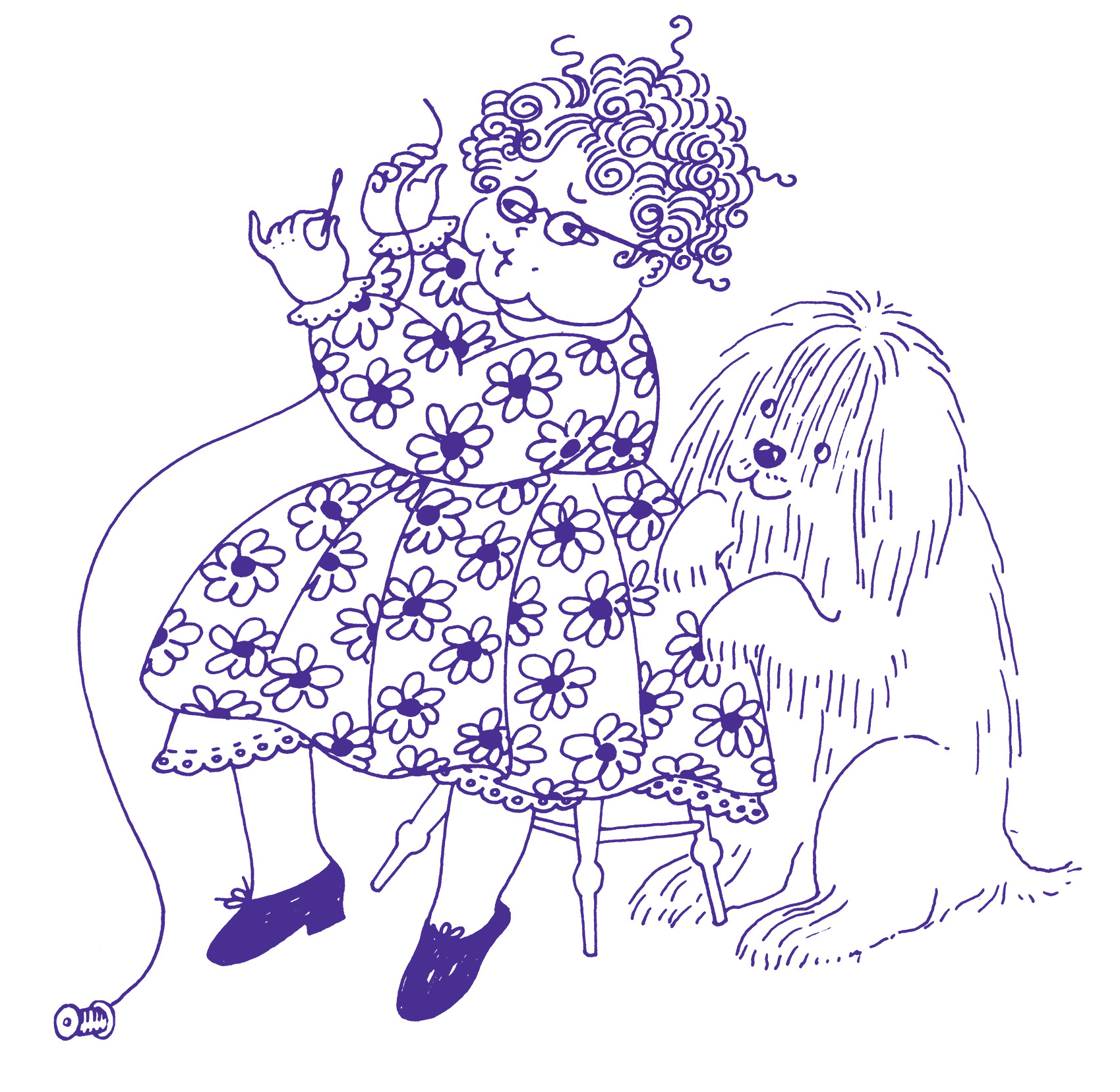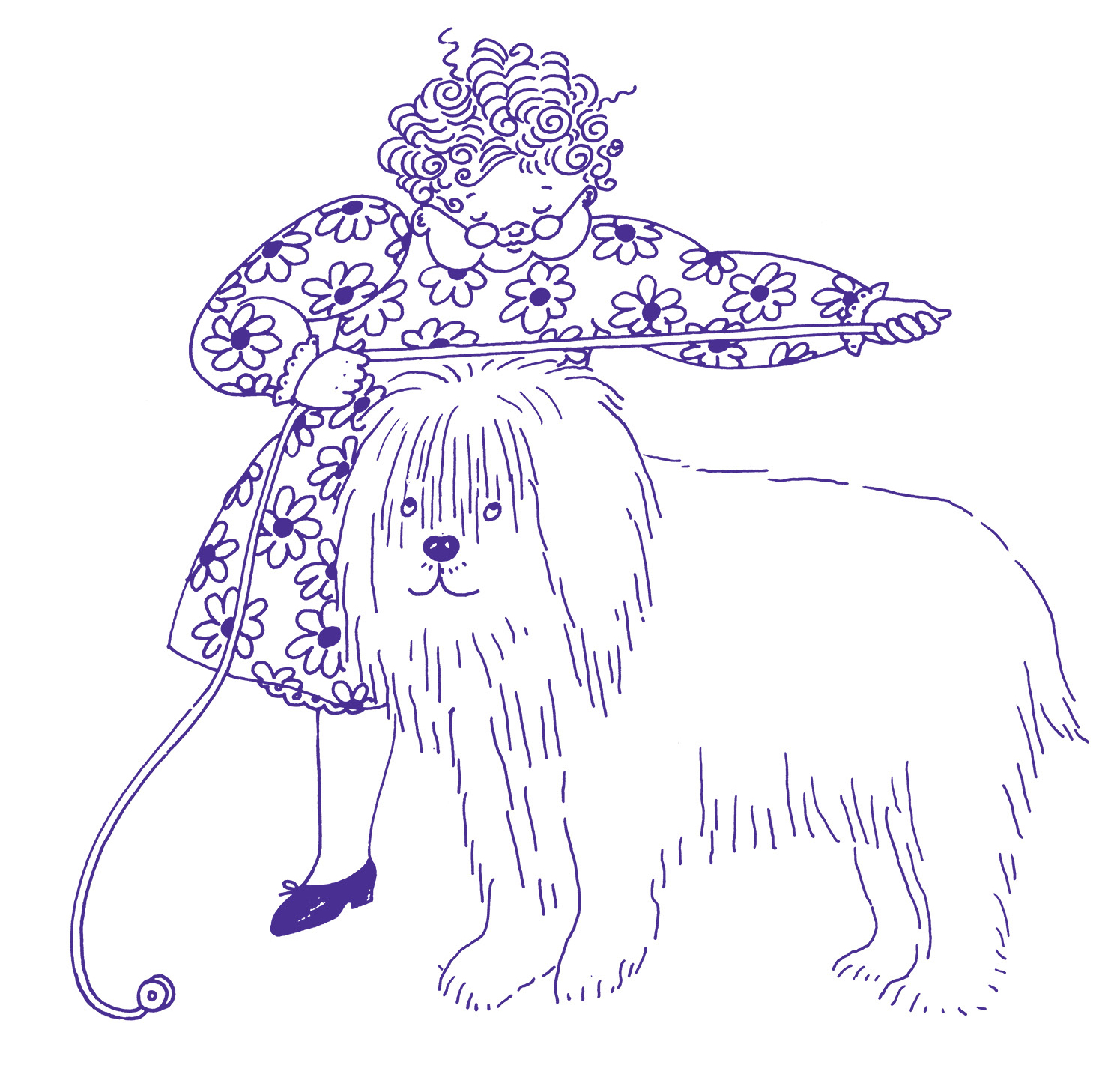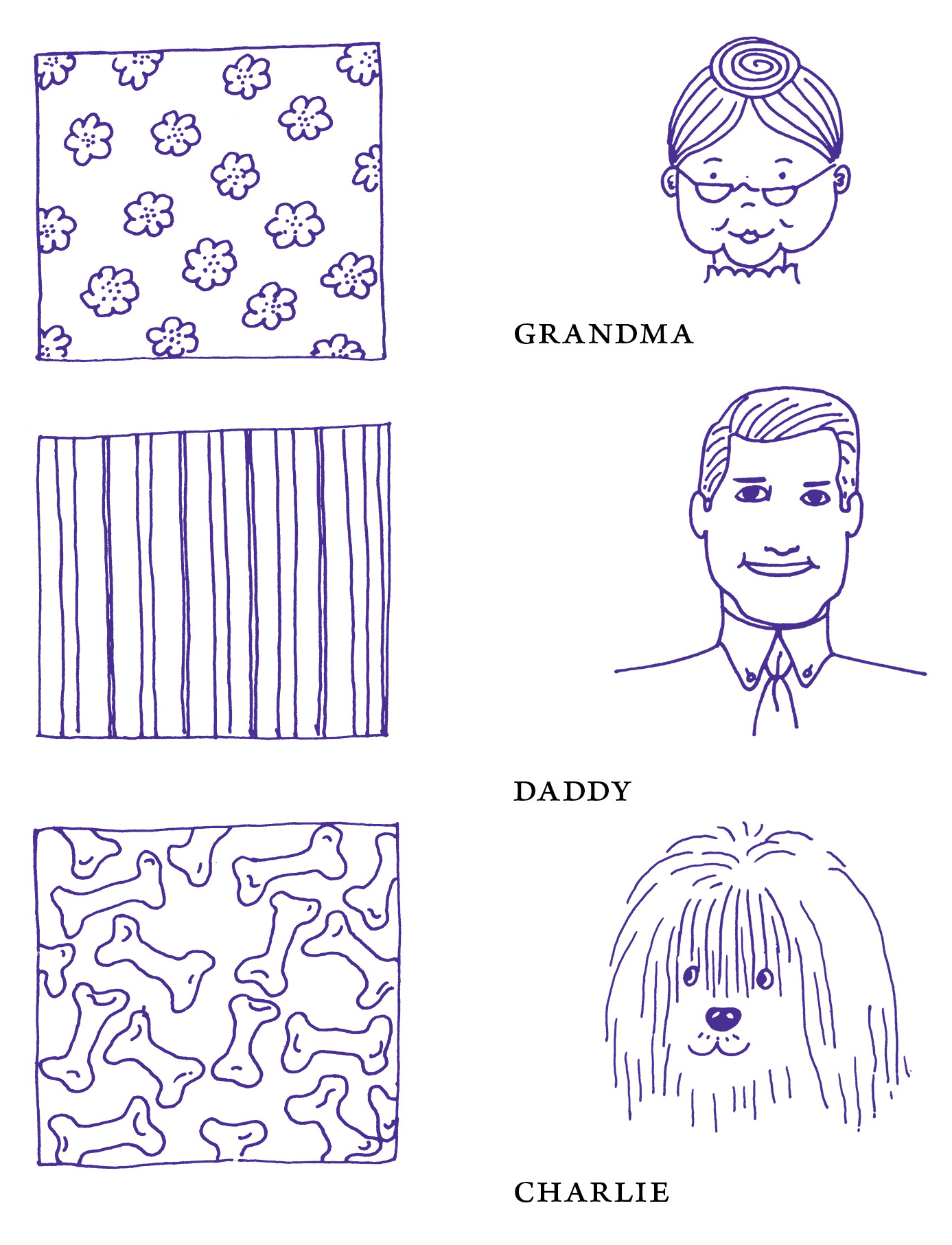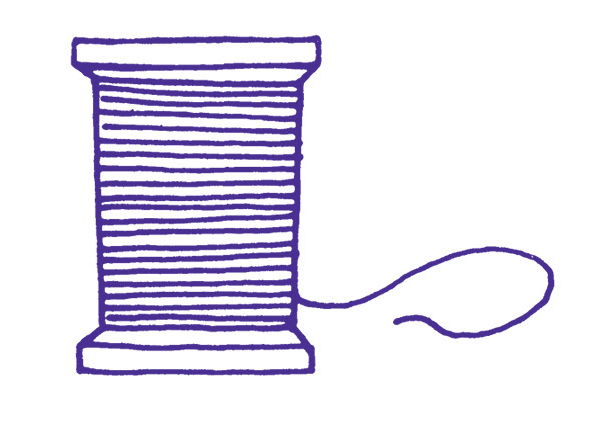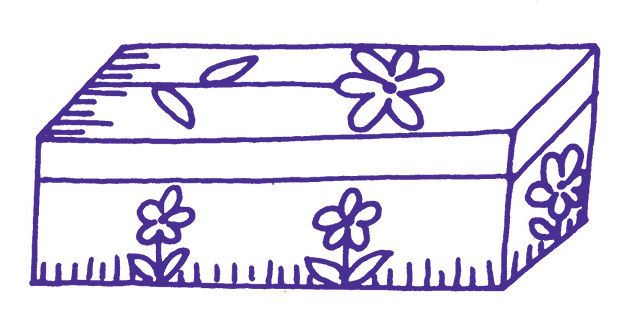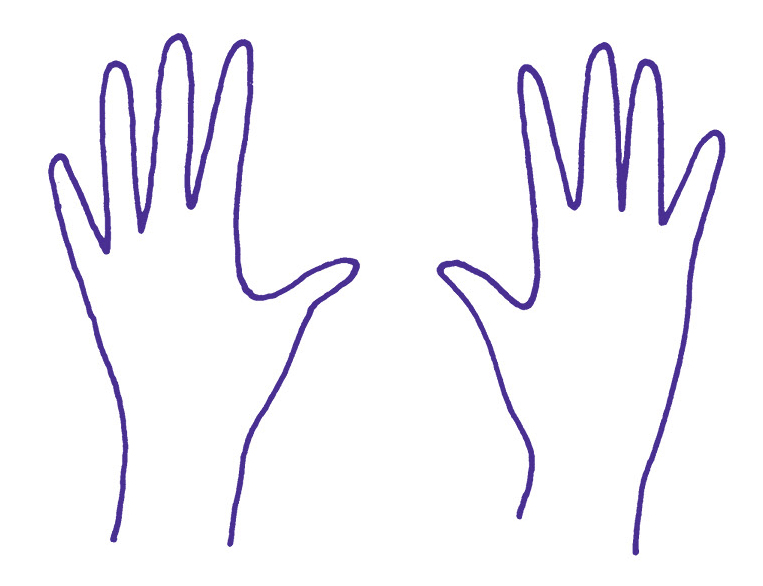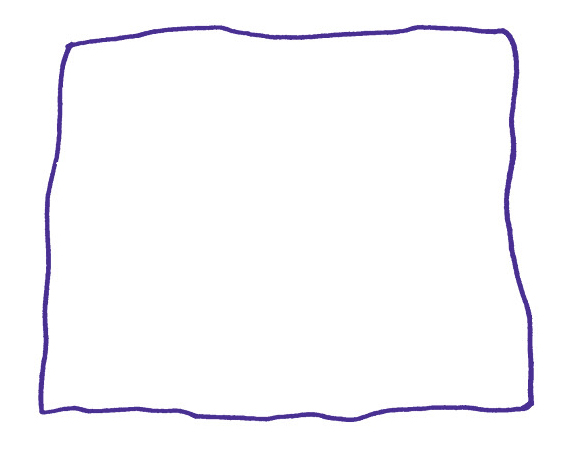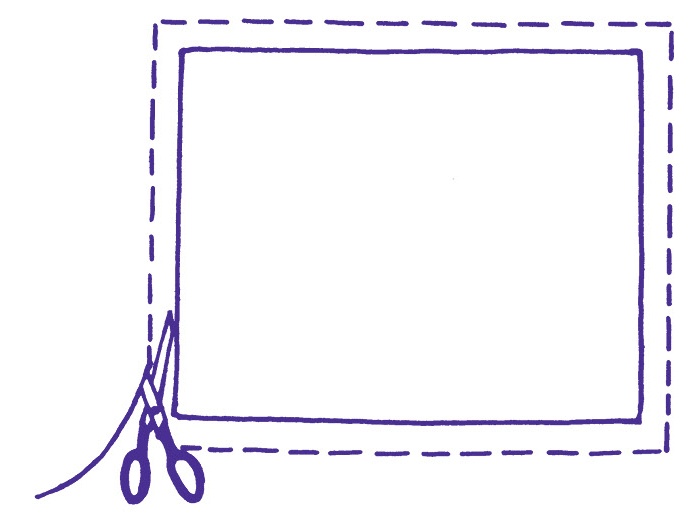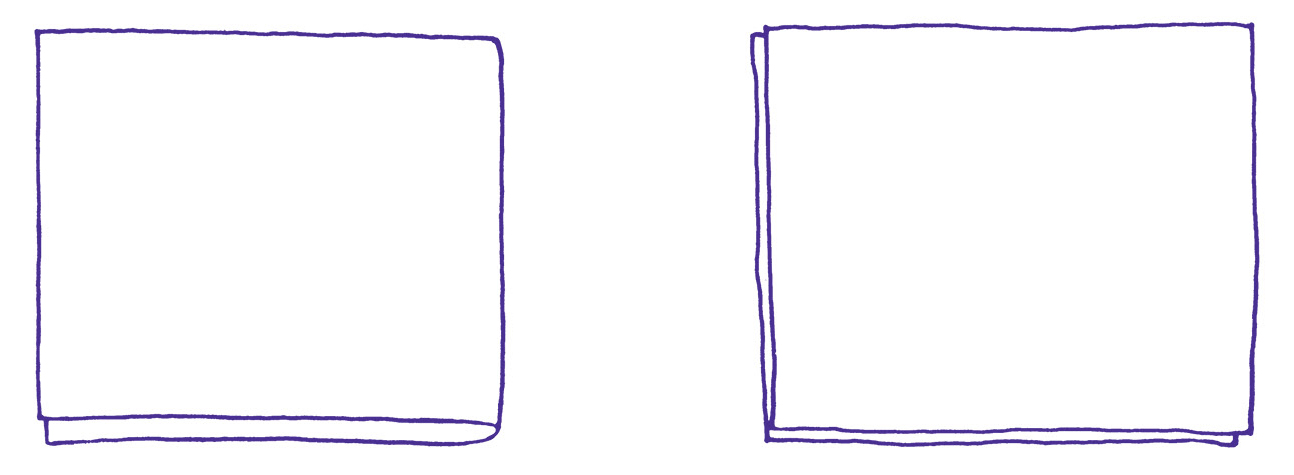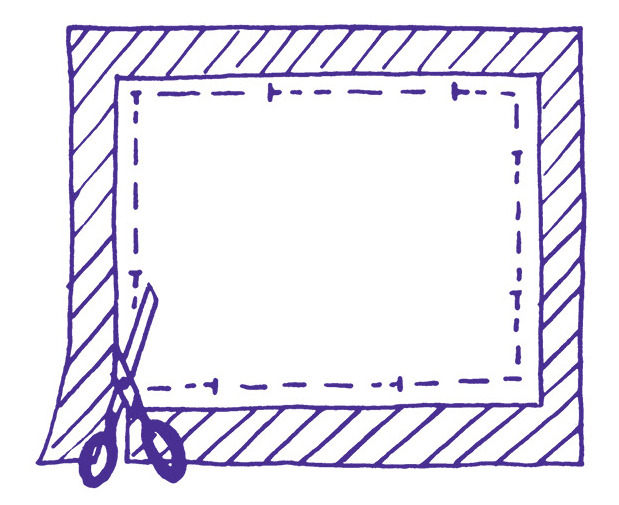Copyright 1969 by Carolyn Meyer
Interior illustrations copyright 1969 by Houghton Mifflin Harcourt
Title type copyright 2014 by Jillian Tamaki
All rights reserved. Originally published in hardcover in the United States by Harcourt Childrens Books, an imprint of Houghton Mifflin Harcourt Publishing Company, 1969.
For information about permission to reproduce selections from this book, write to or to Permissions, Houghton Mifflin Harcourt Publishing Company, 3 Park Avenue, 19th Floor, New York, New York 10016.
www.hmhco.com
The interior illustrations are pen and ink.
The Library of Congress Cataloging-in-Publication Data is on file.
Library of Congress Card Number: 69-11597
eISBN 978-0-544-38027-1
v2.0316
To Aunt Edith
If your mother sews,
or your grandmother,
or your aunt,
or your older sister,
you are lucky.
They will lend you their scissors,
and some needles and thread, and a thimble.
They might give you some pieces of cloth to work on.
And they can help you if you ever get stuck.
If no one at your house knows how to sew,
you are lucky.
They will think you are very smart
to learn to sew.
And they will never say,
Here, let me show you how to do it.
This is Miss Patch. She is learning to sew.
You will see that if Miss Patch can sew, anyone can.
(Anyone except, of course, her dog Charlie.)
If you have two pieces of cloth,
you can sew them together to make something.
You can make a pillow.
You can make a big one for your fathers chair,
or a fancy one for your bed,
or a little one for your dolls bed,
or even a very tiny one, with something inside smelling good,
for your mothers dresser drawer.
Miss Patch wants to make a pillow for Charlie.
HERE IS WHAT YOU NEED TO START
M ATERIAL: It is easier to work on at first if it is smooth and not too heavy. It is more fun if it is pretty. Try to pick the kind that is nicest for the person you are sewing for.
T HREAD: When you are just beginning, use a bright color because it will not look so messy after you have worked with it. Use a color different from the cloth so that you can see what you have done. Next time you can use thread that is the same color as the cloth.
N EEDLES: A medium-sized one is good.
P INS: They hold things together while you sew. Keep them in a pincushion or stuck in a piece of paper. If your father sits on one, he might be angry.
S CISSORS: They should be sharp but not too big.
T HIMBLE: Put it on the tallest finger of your sewing hand. Use it to push the needle through the cloth. It will feel funny, but you will get used to it, and then you will not want to sew without it.
BOX: Use any kind of box you have to keep your sewing things in. If you want, you can decorate it with crayons or fancy paper.
H ANDS: Two of them. Clean ones are the best.
M EASURING TOOLS: A yardstick for measuring big things, like pieces of cloth, and a ruler for measuring small things, like seams, and a tape measure for going around things, like your waist. (If you dont have a tape measure, you can use a piece of plain cloth tape or string that doesnt stretch and measure it with a yardstick to see how much of the tape or string it takes to go around.)
THIS IS HOW TO MAKE THE PATTERN
If you have a pillow that is the right size, put it on a piece of newspaper. If the pillow has an old cover that comes off easily, put the cover on the paper instead. Draw around the pillow or pillow cover with a crayon. If you do not have a pillow, just draw the size you want to make.
If your drawing looks like this... use a ruler or a piece of cardboard to make straight edges.
Then add about this much () on each side for a seam and draw another line.
You can use a different colored crayon.
Now cut out the pattern, following the outside line.
Put the pattern on the floor with the pillow in the center and stand over it.
If you can see about this much paper () all around the pillow, it is just right.
THIS IS HOW TO CUT IT OUT
If you have one big piece of material, fold it in half.
If you have two smaller pieces of material, put one on top of the other.
Then lay the pattern on top and pin it.
Now cut all the way around the pattern on the outside line.
When you take out the pins, you will have one pattern and two pieces of cloth.
Next page
